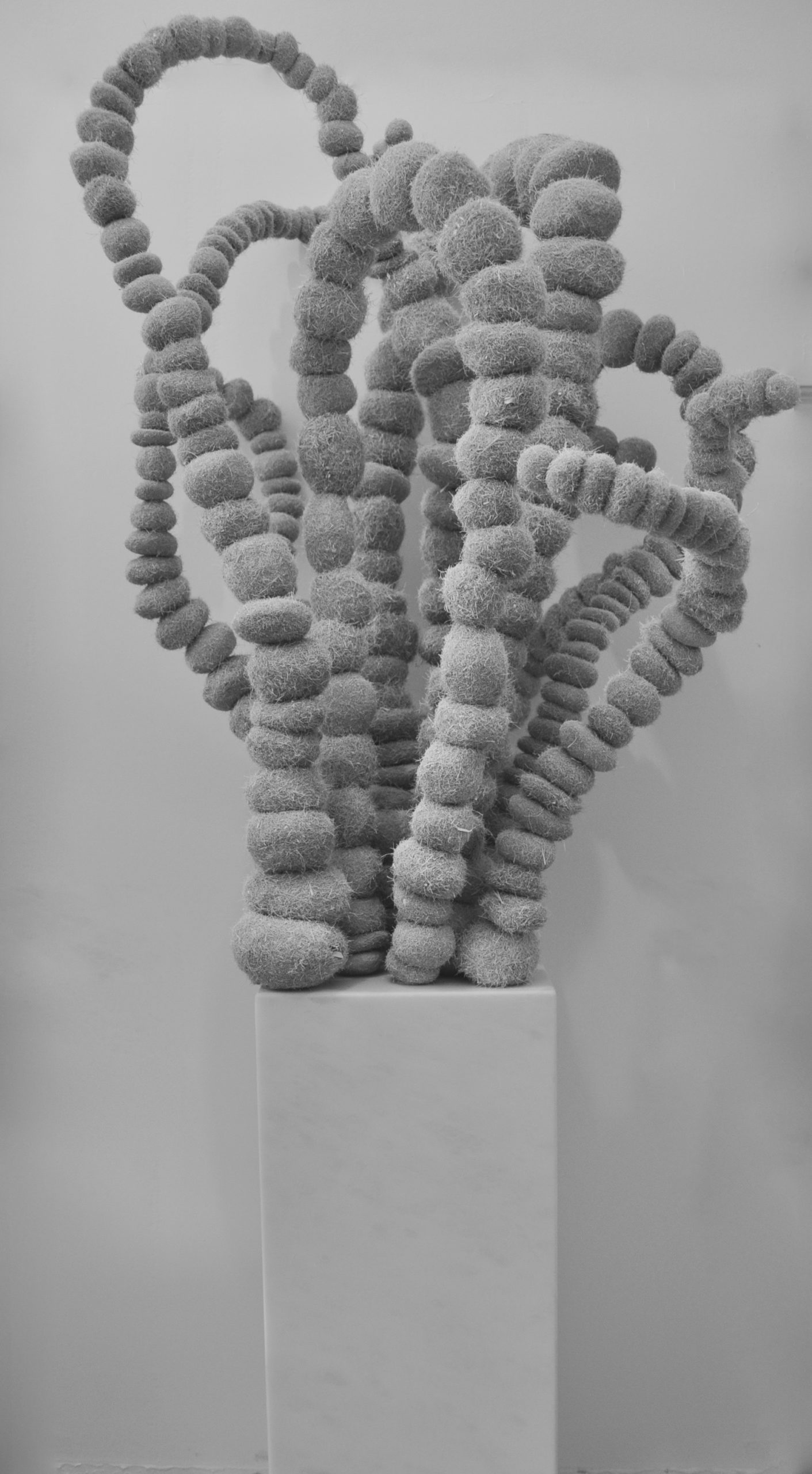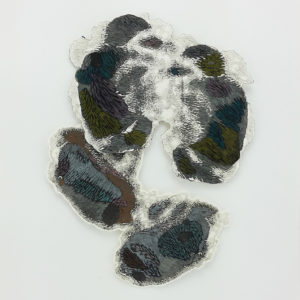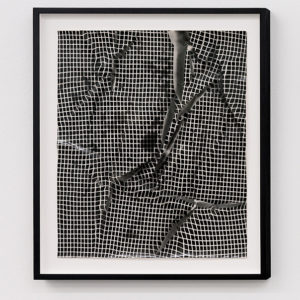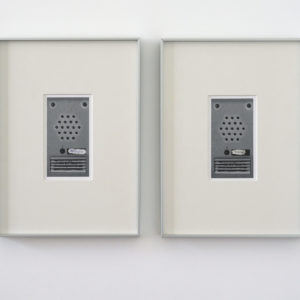Description
The main part of the sculpture present Egagropili. Egagropili are straw like dense pellets that wash up at the shores of the Mediterranean Sea by undergoing a metamorphosis from a living seagrass plant called Posidonia Oceanica or Neptune Grass. Once the grass’ life circle has come to an end the foliage goes through a similar process like tumbleweeds in deserts which finally shapes these unique objects.
Seagrass is also known as “the lungs of the sea” as it’s a huge source of Oxygen. It further secures the seabed, flattens currents and offers habitat to all sorts of sea creatures. Research has shown that Cellulose can be extracted from Egagropili and it can also be installed as insulation for buildings.
These seagrass meadows are thought to be between 60.000 and 100.000 years old which will make them one of the oldest living organisms on this planet. Its existence is of big importance for the Mediterranean Seas Ecosystem and its properties are very diverse. Sadly, it’s more in danger than ever mainly because of environmental damage. Pollution and overfishing threaten our blue planet.
Egagropili symbolize nature and its force within the sculptures. They stand for infinite movement that constantly takes place in our environment and its importance. They are reminders of the beauty, preciousness and ultimate power nature presents.




